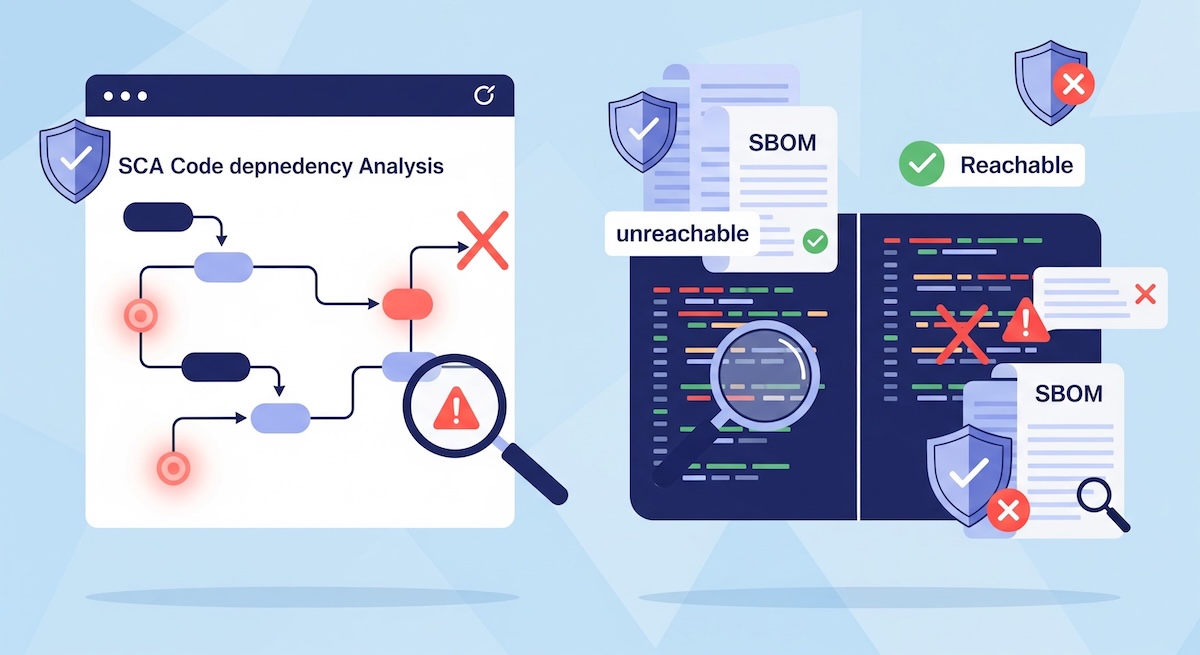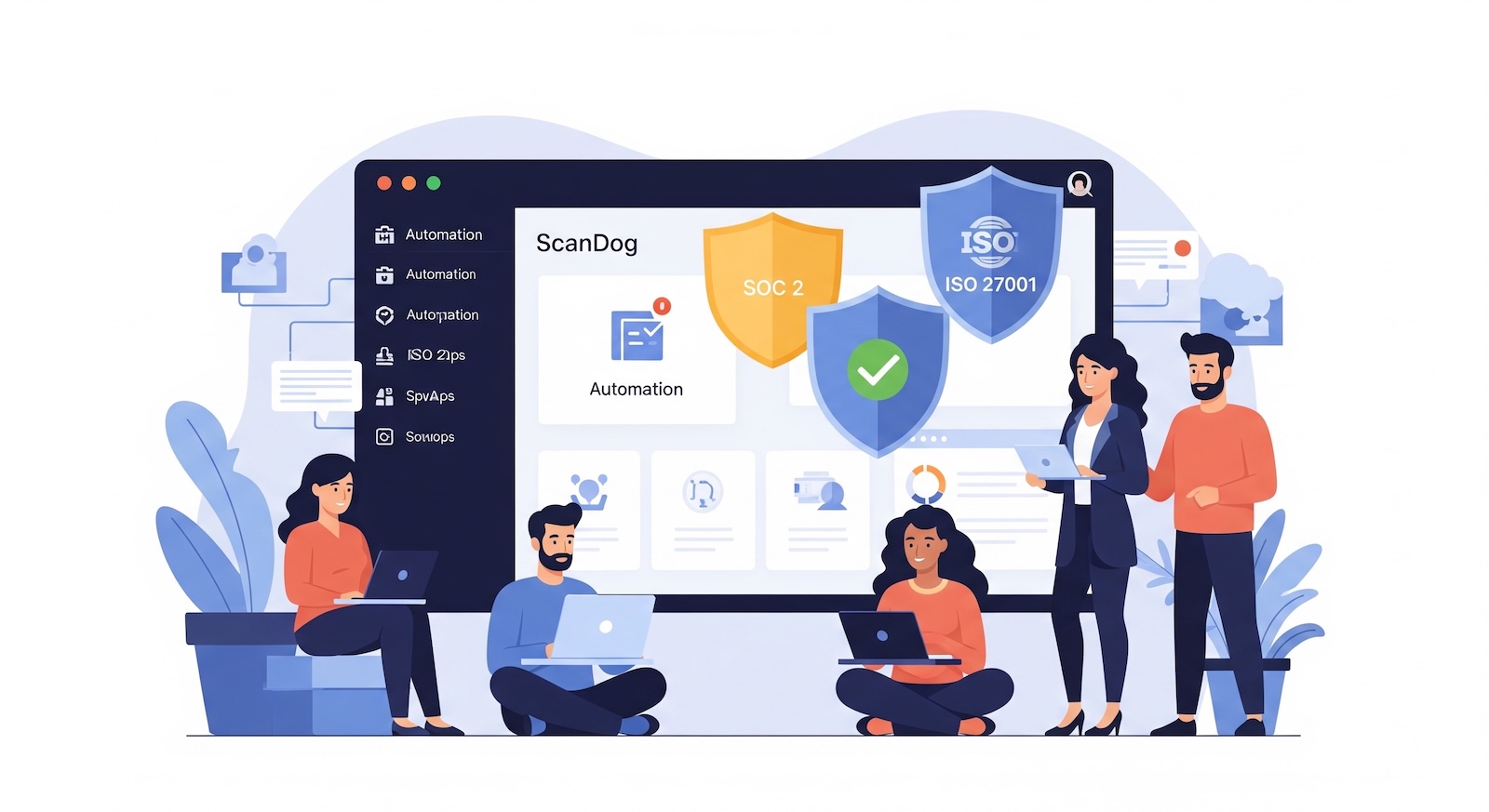In today’s hyper-connected world, businesses are relying heavily on cloud-based infrastructure and complex applications to serve their customers. With this shift, security threats have evolved, becoming more sophisticated and harder to manage. Application Security Posture Management (ASPM) has emerged as a strategic approach to help organizations gain visibility into their application’s security across development and production environments. But where is ASPM today, and what does the future hold for this burgeoning field? Let’s explore.
What is ASPM?
Application Security Posture Management (ASPM) is a relatively new approach that focuses on identifying, monitoring, and managing security risks specifically at the application level. Unlike traditional security solutions that emphasize network or endpoint security, ASPM targets vulnerabilities and risks within the application lifecycle, from code development to production.
Key elements of ASPM include:
- Visibility: Continuous monitoring of the security posture of applications across all environments.
- Risk Prioritization: Identifying and prioritizing vulnerabilities based on their impact on business operations.
- Remediation Management: Integrating with development pipelines to automatically suggest and track fixes.
The Current State of ASPM
As of 2024, ASPM is still maturing as a sector, but it is rapidly gaining traction. A number of vendors are beginning to offer solutions that integrate ASPM with broader cybersecurity toolsets, such as cloud security posture management (CSPM) and application security testing (AST). This helps enterprises gain more granular control over application security, especially in environments where DevSecOps practices are becoming the norm.
Key Trends in 2024
-
Integration with DevSecOps: Many organizations are increasingly adopting DevSecOps to shift security “left” in the software development lifecycle (SDLC). ASPM integrates well with this approach by providing security visibility at every stage of development, making it easier to catch and remediate vulnerabilities early.
-
Cloud-Native and Microservices Architectures: With applications becoming more distributed, ASPM solutions are becoming essential for maintaining the security posture of cloud-native applications. As microservices and containerized applications are complex to manage, ASPM helps organizations detect and mitigate vulnerabilities that might emerge within these environments.
-
AI and Automation: Machine learning and AI are becoming more prominent in ASPM tools. These technologies are used to analyze large volumes of data, helping identify patterns that could indicate vulnerabilities. Automation is key in making remediation suggestions and integrating with CI/CD pipelines for faster response times.
-
Regulatory Compliance: Regulatory frameworks like GDPR, CCPA, and HIPAA have emphasized the need for better application security. ASPM helps organizations maintain compliance by providing ongoing security assessments and reporting capabilities, ensuring that applications meet legal requirements.
Challenges Facing ASPM Today
Despite its growth, ASPM still faces several challenges:
-
Complexity: Managing application security posture in cloud environments and microservices architectures is inherently complex. ASPM solutions must evolve to handle this complexity while offering actionable insights.
-
Adoption Barriers: For many organizations, integrating ASPM into their existing security stack can be a challenge, particularly for those with legacy applications or environments. Cost and lack of skilled personnel are other barriers that hinder widespread adoption.
-
Data Overload: The sheer volume of data generated by ASPM tools can overwhelm security teams, especially when combined with other security tools like SIEM or CSPM. The challenge lies in parsing through this data to identify critical vulnerabilities and risks.
The Future of ASPM
As we look toward the future, ASPM is set to evolve in several ways that will enhance its capabilities and adoption:
1. Deeper Integration with DevOps
ASPM will become an integral part of the DevOps ecosystem. Its future lies in seamless integration with existing DevOps tools, allowing security to be built into the pipeline from the start. Automated vulnerability scanning and real-time security assessments will become the norm, with feedback loops that allow developers to fix issues before they reach production.
2. Expansion into AI-Powered Analytics
While AI is already being used in some ASPM tools, the future will see even deeper AI integration. Predictive analytics will help identify potential vulnerabilities before they arise, while AI-driven automation will prioritize and fix these vulnerabilities with minimal human intervention. AI will also help manage security in highly dynamic environments, such as serverless architectures.
3. Zero Trust Architectures
With zero trust becoming a standard for network security, ASPM will increasingly play a role in ensuring that applications adhere to zero trust principles. Future ASPM solutions will work alongside zero trust frameworks to secure applications by limiting access based on identity and context, further reducing the attack surface.
4. Enhanced Cloud and API Security
As businesses continue to adopt cloud-native technologies, ASPM will expand its capabilities in securing API-driven architectures. Future ASPM tools will monitor and secure APIs that are often the backbone of modern applications. This will be particularly important as the Internet of Things (IoT) and edge computing grow in popularity, increasing the complexity of managing application security.
5. Focus on Business Context
The future of ASPM will prioritize the integration of business context into risk assessments. It will not only identify security vulnerabilities but also provide insights into their potential business impact. This will enable security teams to prioritize remediation efforts based on what matters most to the organization.
Conclusion
ASPM is set to become a crucial component of modern application security strategies as the landscape of applications becomes more complex and cloud-centric. While it is still in its early stages, ASPM will continue to evolve, with AI, automation, and integration into DevSecOps playing a critical role. Organizations that adopt ASPM early will be better positioned to protect their applications from emerging threats and maintain regulatory compliance in the future.
As cyber threats grow more sophisticated, ASPM’s role in proactive security management will only become more vital. Now is the time for organizations to start thinking about their application security posture and how they can leverage ASPM to stay ahead in the rapidly changing threat landscape.
About
ScanDog
ScanDog is an AI-powered Application Security Posture Management (ASPM) platform that helps development teams build secure software faster. With advanced vulnerability prioritization, reachability analysis, and AI-assisted remediation, ScanDog cuts through the noise of false positives to focus on what truly matters.



